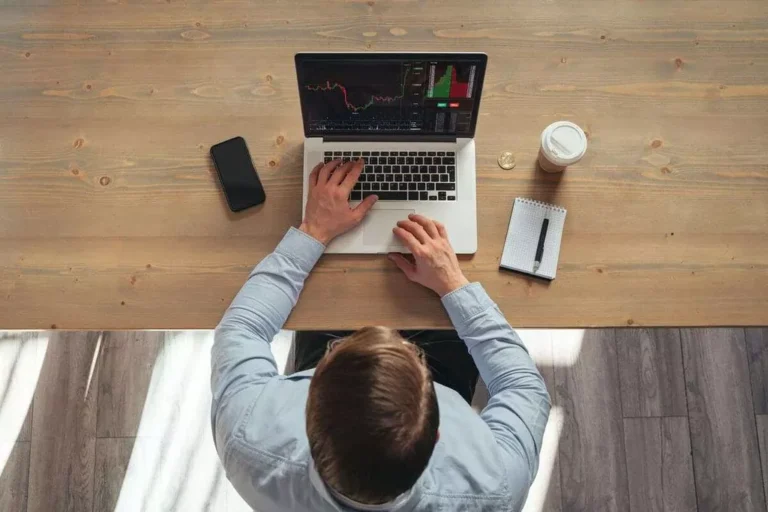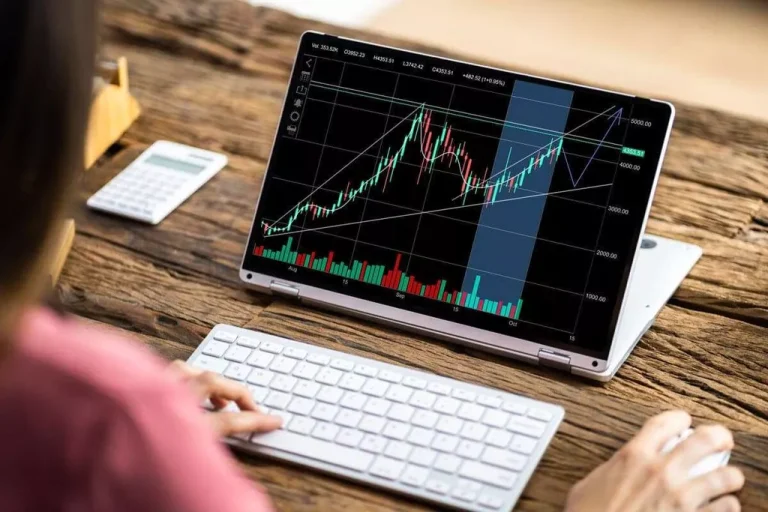Your broker’s reserving methodology can considerably influence your trading expertise, from execution speed to potential conflicts of curiosity. They offer you a direct and dependable connection to the global foreign exchange market by way of STP (Straight By Way Of Processing) or ECN (Electronic Communication Network) accounts. TradingBeasts helps individual traders discover ways to responsibly commerce foreign exchange, cryptocurrencies and different asset courses. We review and examine brokerage companies and warn our readers about suspicious tasks or rip-off marketing campaigns that we come across. We are additionally a group of merchants that assist each other on our day by day buying and selling journey. Operating an A-Book operation calls for substantial capital, which covers margin necessities with liquidity suppliers, regulatory capital, plus reserves for day by day operations and expertise infrastructure.
Be Picky! – A Working Marketing Technique For Brand New Forex Startups

Can be fastened or variable, doubtlessly wider because the broker marks them up.
The Hybrid Forex Dealer Model: The Most Effective Of Both Worlds
We do our greatest to warn people about scams and promote only companies we personally consider to be superb. The capital requirements for B-Book operations start lower than A-Book. This covers your regulatory obligations, offers a risk management buffer, and funds your know-how infrastructure. However, you’ll need subtle danger management techniques to monitor and handle client positions successfully.
But at the identical time, you will have to improve your buying and selling technique to account for the fixed spreads. In a B-Book model, brokers are the counterparty to shopper trades, and thus earn cash from purchasers losses. Thus, B-Book broders should act cautiously and pretty to keep away from falling into this inherent conflict of curiosity trap. An ethical B-Book dealer should fully disclose their model and keep away from partaking in unethical practices such as price shading or stop-hunting. Yet the B Book model comes with conflicts of curiosity since brokers directly profit from merchants losses.

To operationalize this mannequin, brokers must form partnerships with liquidity suppliers, safe licenses, and set up technical support to channel client orders to the external market. As a end result, A-Book brokers typically need to amplify the unfold markup to cover these bills. Furthermore, brokers face market danger as they take positions opposite those of traders.
For instance if a trader goes long on a market place, the broker takes a place and vice versa. ECN accounts route your orders on to the interbank market, where the orders get crammed. An STP account, however, usually has a couple of liquidity provider. These liquidity providers may be different the interbank market, STP brokers, and even ECN brokers. Brokeree’s PAMM is a go-to resolution for multi-asset brokers seeking to supply cross-platform shared funding accounts and increase buying and selling volumes. Traditionally built for MetaTrader four and 5, brokers have used it to attract new consumer segments by offering money administration companies, driving greater trading volumes, and showcasing high-performing accounts.

A-Book brokers normally provide variable spreads, which means the spread can fluctuate primarily based on market conditions. During durations of excessive liquidity and low volatility, the unfold tends to be tighter, leading to decrease buying and selling prices. Nonetheless, throughout unstable market situations, the spread may widen to replicate the increased danger and uncertainty. Conversely, B-Book brokers usually offer fixed spreads, which implies the unfold remains fixed no matter market conditions.
The dealer can not profit from merchants what is a book vs b book‘ losses without battle of curiosity. This mannequin additionally provides elevated transparency as a end result of dealer orders are dealt with in the real market, which reflects precise market circumstances. Moreover, because they have access to a big liquidity pool, A-Book brokers can provide superior trading situations, like faster execution and tighter spreads. They are intermediaries who send their clients’ commerce orders directly to liquidity providers or multilateral trading centers (MTFs). In this mannequin, brokers earn cash by growing the unfold or amassing a commission on the transaction quantity.
We do not provide financial recommendation, provide or make solicitation of any investments. Buying And Selling and investing in financial instruments comes with a excessive degree of threat and you may lose cash. You should solely have interaction in any such exercise only if you’re absolutely aware of the related dangers. On the opposite Smart contract hand, B-Book brokers take a different view on customer trades, which can lead to conflicts of curiosity.
- A-Book brokers route all consumer orders directly to the foreign exchange liquidity provider or the interbank market, guaranteeing transparency and no battle of interest.
- This creates a situation where the dealer has exposure to the client’s positions and earnings when the shopper loses money.
- Understanding the difference between these two types is crucial because it impacts commerce execution, dealer profitability, and potential conflicts of interest.
- Initially brokers closely relied on B E-book models utilizing their positions to regulate risk and safe profits internally.
For profitability optimization, categorizing merchants helps brokers maximize their earnings from varied income streams. In the B-Book model, brokers can earn from clients’ buying and selling losses, which could be worthwhile if the client profile signifies a lower chance of constant buying and selling success. Conversely, for extra sophisticated or high-volume merchants, brokers can earn through spreads or commissions in the A-Book mannequin. By achieving this inner balance, the dealer isn’t as depending on shopper losses for income.
In this article, we’ll explore the variations between A-Book and B-Book brokers, providing an outline of their options, benefits, and disadvantages. By understanding these distinctions, you will be higher geared up to choose on the brokerage model that aligns with your buying and selling goals and preferences. So, let’s dive into the world of A-Book and B-Book brokers to gain useful insights into their trading approaches. To summarise every little thing we have mentioned, it’s crucial to understand broker models within the Foreign Exchange trading world. A-Book brokers provide better conditions and transparency, while the B-Book model provides potentially larger profitability.
In contrast to the B Book mannequin the place brokers are exposed to income or losses from traders positions, the A Guide mannequin mitigates this threat by directing orders to liquidity providers. This ensures that brokers earnings stay unaffected by market fluctuations or traders’ wins or losses. Such a risk averse strategy proves valuable in instances of high market volatility safeguarding the steadiness of brokers.
A-book brokers ought to concentrate on the variety of trades as a end result of every commerce (of every individual client) brings the broker a revenue. Addressing the limitations of the A-Book and B-Book fashions, the hybrid mannequin emerged, favored by many established brokers. In this method, the dealer handles smaller transactions internally, while more substantial ones are routed to liquidity suppliers and subsequently to the interbank. They make use of sophisticated software that screens numerous metrics like trader deposits, leverage, transaction threat levels, and the utilization of protective stops. This intelligence assists brokers in deciding which model, A-Book or B-Book, is best suited for a particular transaction. The A-Book model, while helpful in some methods, presents challenges for each merchants and https://www.xcritical.in/ brokers.